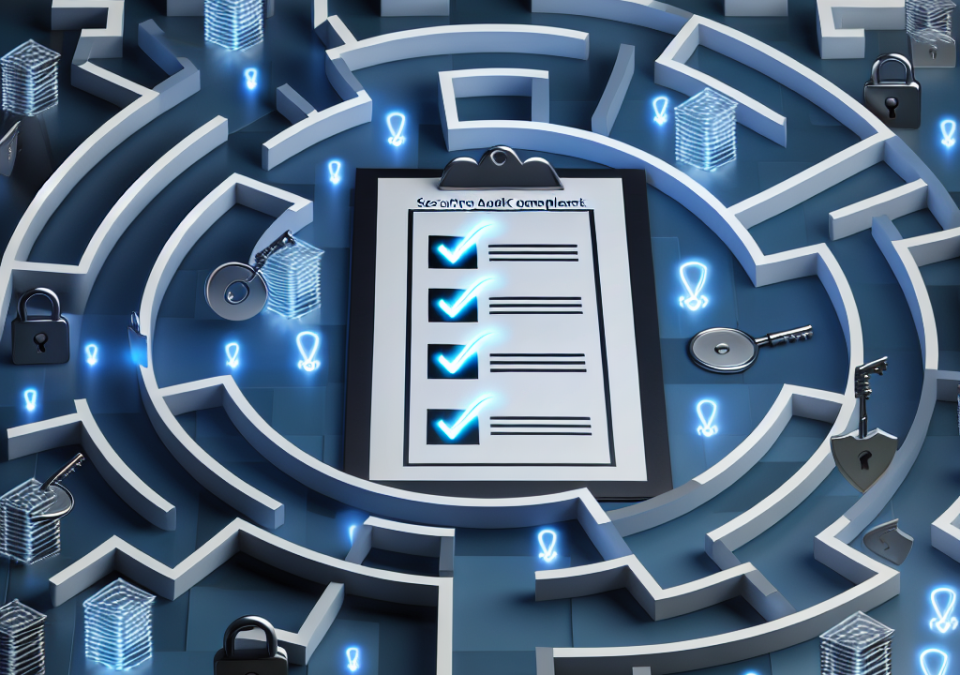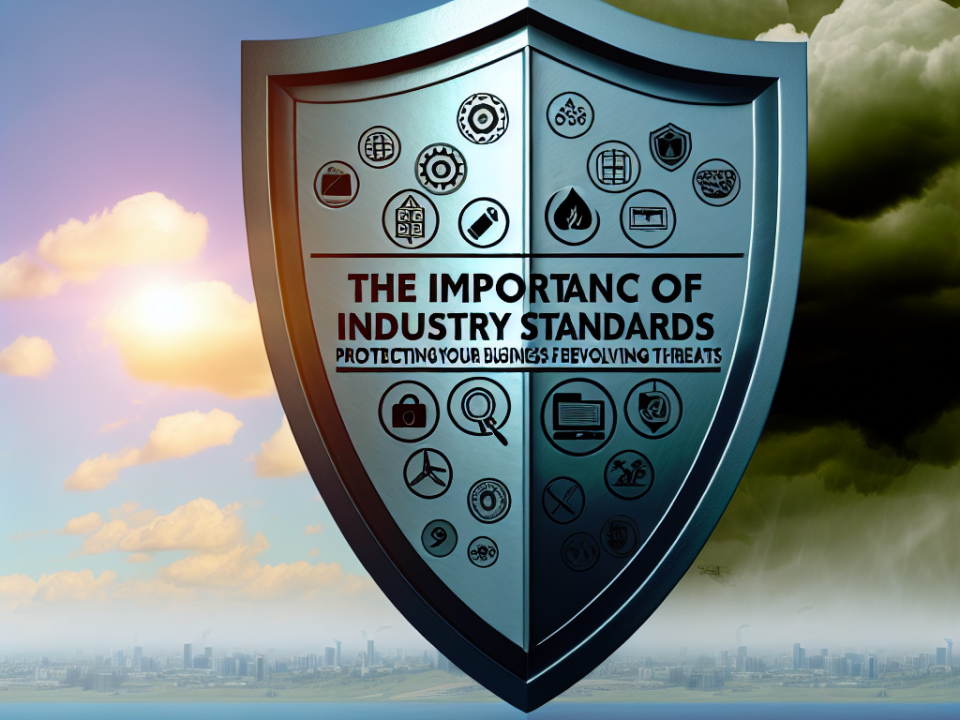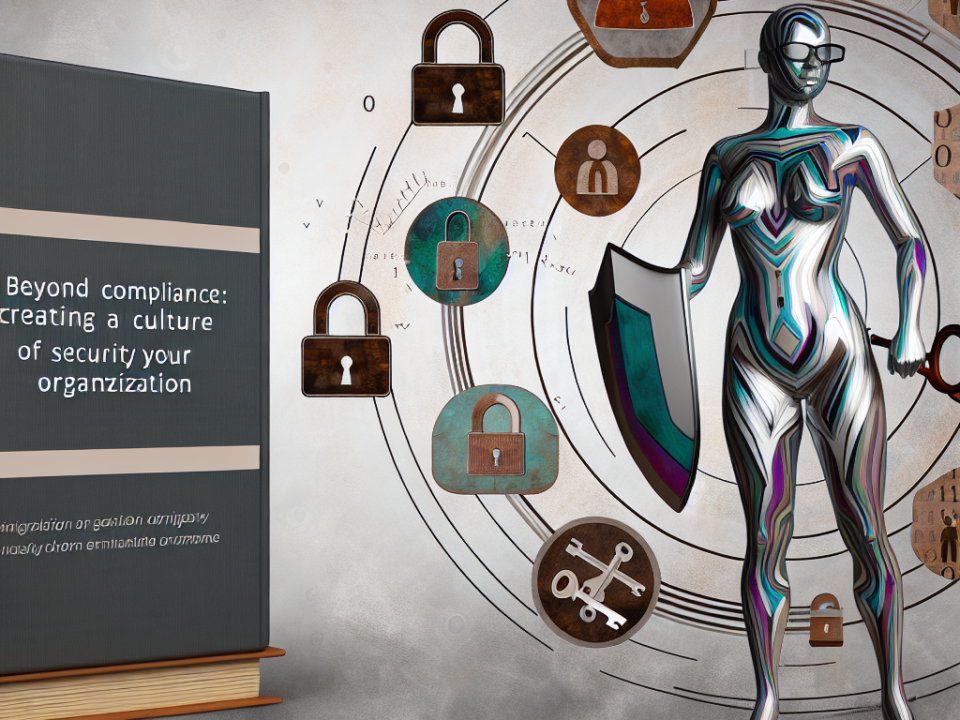Fortifying the Foundation: How to Build a Robust Security Culture in Your Organization
November 5, 2025
From Compliance to Commitment: Transforming Your Workplace with a Security Culture
November 6, 2025
In today’s rapidly evolving digital landscape, security compliance has become a cornerstone of organizational integrity and trust. Regulatory requirements, data breaches, and cyber threats have made it essential for businesses to adhere to standards that safeguard sensitive information. This article aims to provide a comprehensive audit checklist to help organizations navigate the complexities of security compliance.
Understanding Security Compliance
Security compliance refers to adhering to laws, regulations, and guidelines intended to protect sensitive data. This may include compliance with standards such as:
- General Data Protection Regulation (GDPR): Applicable in the EU, focusing on data protection and privacy.
- Health Insurance Portability and Accountability Act (HIPAA): Governs the privacy and security of health information in the U.S.
- Payment Card Industry Data Security Standard (PCI DSS): Mandates security measures for companies accepting credit card payments.
- Federal Risk and Authorization Management Program (FedRAMP): Standardizes security assessment for cloud services in the U.S. government.
Why an Audit Checklist is Essential
A well-structured audit checklist serves as a roadmap for organizations striving to achieve compliance with relevant standards. It helps in identifying gaps in current security practices, mitigation strategies, and tracking compliance progress. Moreover, a checklist can enhance organizational culture by instilling a proactive approach to security.
Comprehensive Audit Checklist for Security Compliance
1. Identify Compliance Frameworks
- Determine relevant compliance frameworks based on industry and location.
- Create a team or designate a compliance officer responsible for managing compliance efforts.
2. Risk Assessment
- Conduct a thorough risk assessment to identify potential threats and vulnerabilities.
- Evaluate the impact and likelihood of risks materializing.
- Prioritize risks based on their potential impact on the organization.
3. Data Inventory
- Maintain an inventory of all sensitive data handled, including client information, payment details, and employee records.
- Ensure that you know where data is stored (on-premises, cloud, etc.) and who has access to it.
4. Access Control
- Implement strict access controls to ensure only authorized personnel can access sensitive data.
- Review user permissions regularly and revoke access promptly when necessary.
5. Data Protection Policies
- Develop and document data protection policies encompassing data classification, storage, processing, and sharing.
- Ensure that data encryption protocols are in place for data at rest and in transit.
6. Incident Response Plan
- Create and document an incident response plan that outlines procedures for responding to data breaches.
- Conduct regular drills to test the effectiveness of the plan and update it based on feedback and incidents.
7. Employee Training and Awareness
- Train employees on security best practices and compliance requirements.
- Regularly update training materials to address new threats and compliance standards.
8. Third-Party Management
- Conduct due diligence on third-party vendors to ensure they comply with relevant security standards.
- Include security compliance clauses in vendor contracts and perform regular audits.
9. Documentation and Record-Keeping
- Maintain comprehensive records of compliance efforts, including risk assessments, training sessions, audits, and remediation actions.
- Ensure documentation is easily accessible and regularly reviewed.
10. Continuous Monitoring and Improvement
- Establish continuous monitoring protocols to identify new threats and assess compliance status regularly.
- Use metrics and key performance indicators (KPIs) to measure the effectiveness of security measures.
- Regularly review and update the audit checklist to reflect changes in regulations or organizational policies.
Conclusion
Navigating the world of security compliance can be daunting, but a comprehensive audit checklist can streamline the process. By regularly assessing your organization’s security posture, you’ll not only ensure compliance with legal requirements but also bolster the trust of your clients and stakeholders. Beyond a checkmark, compliance is about fostering a culture of security awareness and responsibility that permeates every level of the organization.
Embrace compliance as an ongoing journey rather than a one-time task—it is a vital investment in the future of your organization.







